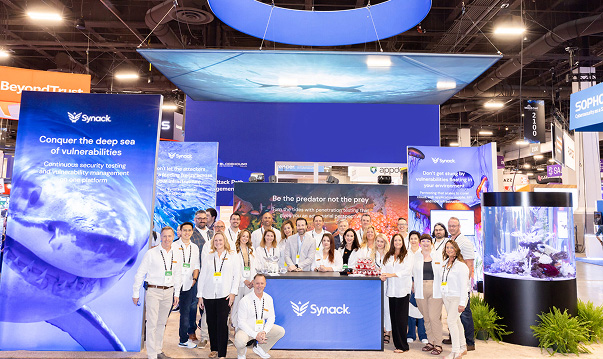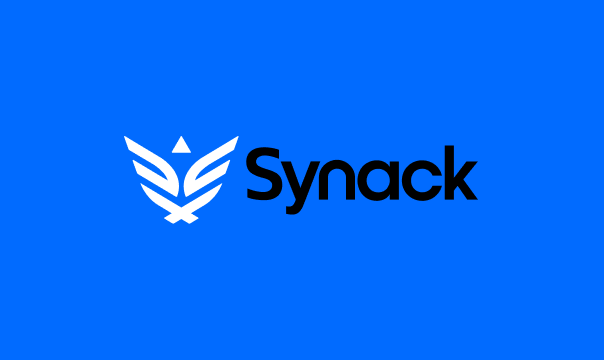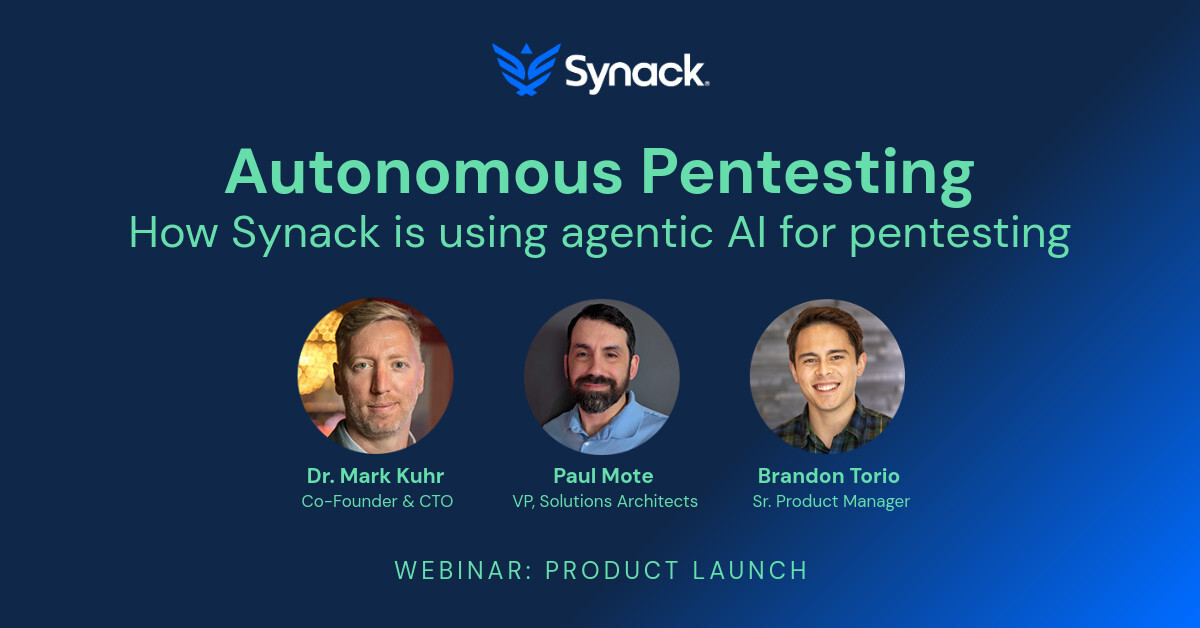Your bug bounty program costs more than you think when factoring in triage.
So you’ve set up vulnerability scanners and run an open bug bounty program. Congrats: You’re embracing modern security practices. The reports are flowing in, and you’re paying out for valid findings. On the surface, it looks like a win.
But dig a little deeper, and there’s a hidden cost to this constant flood of information. The real expense isn’t the bounty check; it’s the time and talent your team burns just to separate signal from noise via triage. To build the business case for a more efficient model, try answering these three questions.
1. What is the true labor cost of triage? ⏱️
How many hours does your security team spend per week triaging, validating and reproducing externally reported vulnerabilities? What is the fully-loaded hourly cost of those engineers?
Triage isn’t a quick glance. It involves validating reports, attempting to reproduce the issue, checking for duplicates and routing the findings to the correct team. This is highly skilled work performed by expert (and expensive) engineers.
Say you have two security engineers who each spend 10 hours a week on triage. That’s 20 hours per week. The “fully-loaded cost” of an engineer isn’t just their salary; it includes benefits, taxes, equipment, and overhead, often bringing a $150,000 salary closer to a $125/hour true cost.
20 hours/week * $125/hour = $2,500 per weekThat’s $130,000 per year spent on the manual labor of filtering. That expense produces no new features or defenses; it’s just keeping your head above water.
2. What is the impact of your signal-to-noise ratio? 🔊
What percentage of your inbound bug bounty submissions are closed as duplicates, out-of-scope or not applicable, and how does that “noise” impact mean time to remediate (MTTR) for truly critical vulnerabilities?
The financial cost is only part of the story. The bigger problem is noise. In open bug bounty programs, it’s common for over 90% of submissions to be duplicates, out-of-scope, informational, or outright false positives. AI is making matters worse by allowing researchers to submit deceptively well-crafted but ultimately not actionable reports. Your team is forced to wade through 99 red herrings to find one report that matters.
This creates alert fatigue. When your team is conditioned to see noise, it chips away at their ability to react quickly to a genuine, urgent threat. The time spent closing a duplicate report is time not spent patching a critical RCE. This increases your MTTR, leaving your organization exposed for longer. Noise from your security tools is undermining your security posture.
3. What is your opportunity cost? 🎯
If you could reclaim all the hours currently spent on vulnerability triage, which proactive, high-value security initiatives could your team fully execute, and what is the estimated business value or risk reduction of those projects?
Critically, the time your engineers spend on triage is time they aren’t spending on work that creates real, long-term value.
What could they be doing instead?
- Threat modeling new applications before they’re built.
- Conducting secure code training for your developers.
- Performing architectural reviews of critical infrastructure.
- Building security automation to scale their impact.
This is the proactive, strategic work that prevents breaches, not just reacts to them. The hidden cost of triage is stagnation. You’re paying your most skilled security talent to be human filters instead of security architects.
From Cost Center to Strategic Enabler
When you add it up, the hidden costs are staggering: a direct financial drain, a slower response to real threats, and a strategic security program stuck in a reactive loop.
This is the business case for a smarter approach. Platforms offering Penetration Testing as a Service (PTaaS), like Synack, fundamentally solve this problem.
At Synack, we use an AI-enabled triage capability named Sara that delivers scalable, human-in-the-loop (HITL) validation from a vetted, trusted community of researchers. Let us handle 100% of the triage. The reports that reach your team are already validated, reproduced, and unique.
By eliminating the noise, you don’t just save $130,000 in labor costs. You empower your team to ignore the noise and focus on what matters: fixing vulnerabilities faster and building a more secure foundation for the future.
Katie Bowen is senior vice president of global revenue at Synack.






